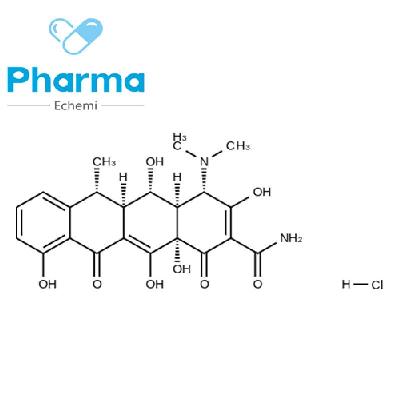Recently, the Jiangsu Provincial Medical Security Bureau issued the "Announcement on the First Batch of Declarations and Participation in the Qualification Confirmation Results of Designated Retail Pharmacies with Procurement of Medical Insurance with Quantity" (hereinafter referred to as the "Announcement").
According to the public list, 1646 individual pharmacies and 328 chain pharmacies will be eligible to participate in the procurement of quantity and sunshine, and the number of pharmacies participating in the sale and collection of drugs in the province has reached 2519
.
It is understood that on July 21, the website of the Jiangsu Provincial Medical Security Bureau showed that it intends to open the provincial platform procurement to the medical insurance designated retail pharmacies in the province and publicly solicit the opinions of the
"Medical Insurance Designated Retail Pharmacies Participating in Quantity Procurement and Sunshine Procurement Plan (Draft for Comments)".
Among them, the draft for comments points out that for the selected drugs in the purchase of the provincial platform hanging net, the designated pharmacies purchase at the price of the hanging network and sell
them according to the "zero difference rate".
It is worth mentioning that Jiangsu clearly stated in the public announcement that all pharmacies that sell collection and procurement drugs must sell
at zero price difference according to the hanging net price.
This means that in the future, the drugs included in the collection can achieve the same price in hospitals and pharmacies, and patients can more easily buy low-priced, warranted drugs, which greatly facilitates patients to purchase drugs
.
In fact, in addition to Jiangsu Province, in fact, many provinces are also promoting the "collection of pharmacies", while promoting pharmacies and hospitals to adopt the form of
zero price difference.
Prior to this, the Hebei Medical Insurance Bureau issued the "Notice on Including Eligible Designated Retail Pharmacies in the Scope of Outpatient Protection", which mentioned that outpatient co-ordination pharmacies sell nationally and provincial centrally procured drugs (including original research drugs, reference preparations, and generic drugs that have passed consistency evaluation under the same generic name), and use the selected price as the medical insurance payment standard
.
In addition, if the actual sales price of a drug with the same generic name is lower than the selected price, the actual price shall be used as the medical insurance payment standard for
the drug.
In addition, the Beijing Medical Insurance Bureau said in the "Notice on Carrying out the Pilot Work of Medical Insurance Drug Payment Standards" that among the 27 drugs in the document, the medical insurance payment standards
are determined according to the selected price of the city for the pilot drugs that are included in the scope of centralized procurement at the national or provincial level.
Insured patients use drugs whose prices are not higher than the payment standards of medical insurance, and the patients and the medical insurance fund share them according to the actual sales price on the basis of the actual sales price
.
In addition, the Changsha Medical Insurance Bureau also requires that the price of collected drugs sold by pharmacies must not be higher than the selected price; The Jiangsu Medical Insurance Bureau issued a document saying that designated pharmacies should purchase and collect drugs at the price of the hanging net, and sell them in the form of "zero difference rate".
.
.
In general, with the deepening of collection, more and more regions are accelerating the combination of pharmacy medical insurance payment standards with collection, reducing drug sales prices and related medical insurance payment costs, and alleviating the pressure
of national medical insurance funds.
It is worth noting that the industry believes that under this trend, for the pharmacy industry, while continuously driving store traffic, it will also bring more challenges, such as the operational capabilities of pharmacies will pose new challenges, and how to convert customer flow and sales into profits in the future will become a new problem
in front of pharmacies.







